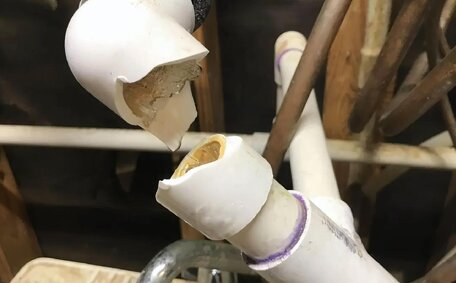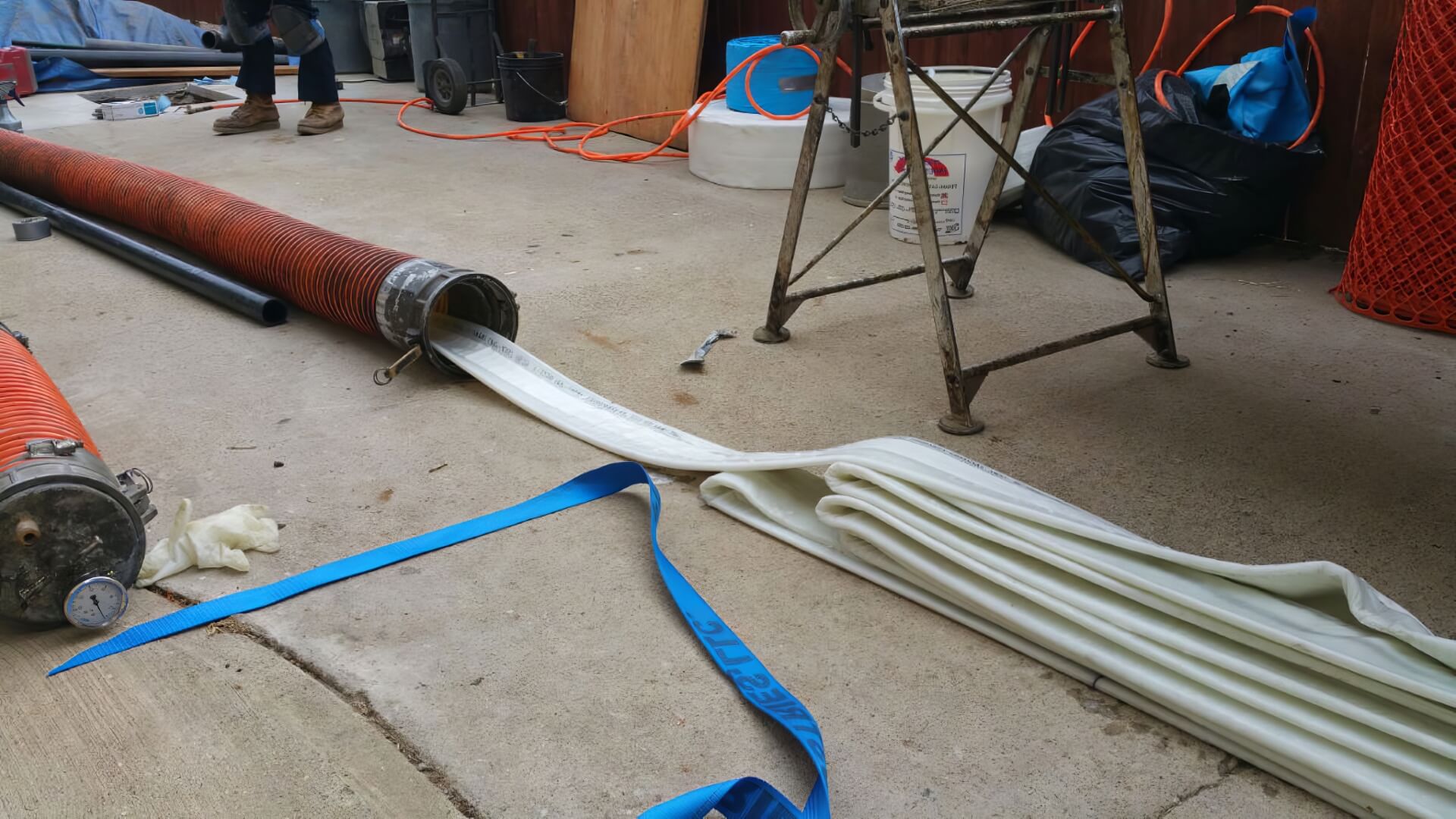Typical Lifespan of Gas Pipelines
Metal gas pipelines are generally engineered for a 50-year service life, but factors such as usage frequency, maintenance routines, and environmental factors can extend or reduce this period.
In regions like Castle Hill, gas pipelines undergo typical wear. With appropriate maintenance and operation, many local gas distribution lines remain safe over their planned 50-year lifespan.
Research indicates that in the US, the average gas transmission pipeline’s age is approximately 56 years, with many exceeding their 50-year projected lifespan. A study revealed that 60% of such pipelines in the US are beyond 50 years old.
Although initially designed for fifty years, pipelines under proper care can surpass their expected lifespans. The Dampier Bunbury Natural Gas Pipeline in Western Australia is a prime example, operational from the 1960s and still efficiently functioning beyond its predicted service time.
Yet when pipelines reach or exceed the 50-year mark, operators must determine whether replacement or abandonment is the most viable option.
Factors Impacting Lifespan
Several critical factors influence the lifespan and structural integrity of gas pipelines:
Material Quality
The durability of the materials used in pipeline construction is crucial. Corrosion-resistant metals like polyethylene and protected steel have longer lifespans. Substandard materials or defective welds can result in leaks, breaches, and premature replacement needs.
Usage Rates
Higher gas flow rates and pressure cycles strain pipelines over time. Transmission lines running near full capacity will experience more wear. Distribution lines with fluctuating demand also degrade faster from repeated pressurisation.
Environmental Conditions
Local environmental factors impact pipelines. Exposure to water, salty coastal air and acidic soils accelerates corrosion. Freezing winters or very hot summers also stress pipeline materials and joints.
Maintenance
Proactive maintenance like cleaning, inspections and minor repairs preserves pipeline integrity longer. Things like protective coatings/linings, cathodic protection systems and leak monitoring manage deterioration.
Regulations
Improved construction standards and more stringent safety codes force upgrades or replacements of older pipelines. Tougher pipeline integrity management rules also drive maintenance and monitoring.
Technology Shifts
Pipeline industry transitions away from natural gas to renewable energy may hasten pipeline abandonment. Consumer conservation efforts or installations of home solar/batteries also lower gas demand.
High-Pressure Operation
Operating gas pipelines at high pressures can place significant stress on pipes and joints, accelerating wear and tear. This ongoing strain impacts pipeline integrity and can ultimately shorten service life.
Current gas pipelines typically have maximum allowable operating pressures (MAOP) ranging from approximately 1400 to 9700 kilopascals. Exceeding these pressures risks pipeline failures or leaks. Even operating near MAOPs for prolonged periods strains materials.
High-pressure cycles also damage pipelines over time. Each pressure spike strains pipe walls and joints. Cycling pipeline pressures to meet fluctuating supply or demand is problematic.
This underscores the importance of pressure regulation for gas pipelines. Monitoring pressures and keeping them safely below MAOP preserves pipeline integrity. Regular inspection of high-pressure lines also helps detect emerging issues.
To prolong lifespan, some best practises for high-pressure pipelines include:
- Pressure monitoring and control systems to regulate flows
- Hydrostatic testing to check MAOP limits
- Anti-corrosion coatings suited for high-pressure service
- Thicker-walled or specially welded pipes rated for pressures
- More frequent cleaning/inspection intervals
Compliance with pressure regulations, rating limits, and integrity management practices is essential for the safe operation of high-pressure gas pipelines throughout their entire designed lifespan.
Shift Towards Renewable Energy
Australia’s accelerating shift towards renewable energy and lower emissions may diminish long-term demand for natural gas. Consequently, this change could curtail the utility of pipelines, leading to a faster pace of replacement or abandonment.
Studies indicate that the pivot to renewable energy might curtail the lifespan of numerous gas pipelines by a decade or two. Declines in gas usage from solar, wind, and battery uptake plus stricter carbon emissions targets are driving this trend.
In New South Wales, the government’s Electricity Infrastructure Roadmap targets 82% renewable energy by 2030, with initiatives to deploy home solar and battery systems in as many as 1.3 million homes within the same timeframe.
The transition of buildings to electric heat pumps, induction cooktops and solar hot water systems will decrease gas reliance, reducing pipeline demand and capacity. This trend could prompt local gas distributors to retire underused pipelines sooner in favour of more cost-effective, sustainable alternatives.
However, key applications like industrial heating, power generation, manufacturing feedstocks, etc. will sustain some gas demand longer-term. Gas pipelines servicing these large users or delivering to LNG export facilities are likely to remain operating.
Growth in renewable energy may lead to earlier closure or replacement of marginal, regional, and residential gas distribution lines. The expected lifespan of over 50 years for new gas pipelines may require re-evaluation in context with Australia’s move to low-emission energy sources.
Replacing vs. Abandoning Old Pipelines
When gas pipelines reach the end of their safe operating life after 50+ years, pipeline owners like utilities and distribution companies must decide whether to replace them with new pipes or abandon them in place.
Pipeline replacement is costly, ranging from AUD 3-7 million per kilometre, but ensures continuous gas delivery and income. Such new pipelines conform to recent safety standards and incorporate advanced materials and technologies.
Yet, the uncertainty in gas demand resulting from renewable energy uptake can render pipeline replacements financially impractical if anticipated future use looks insufficient to recoup expenses, leading operators to favour pipeline abandonment.
Abandoning Pipelines
Pipeline abandonment means leaving them inert underground, cut off from the active system. This is the lowest cost option but permanently ends their usage.
The most common abandonment method is cutting and capping pipeline ends, then purging remaining gas. This contains the line while allowing access for future repairs if needed. Pipelines can also be filled with inert solid material when fully retired.
Abandoned gas pipelines need to adhere to safety standards, with proper records, sealing, venting, and burial depth to mitigate hazards. Utility records and markers indicate their presence to avoid third-party damage when dormant.
Environmental Considerations
Replacing pipelines risks environmental impact from new trenching, though modern methods reduce this. Abandoning lines underground prevents surface disruption but introduces indefinite encumbrances.
Dormant gas pipelines may become conduits for contamination if their conditions deteriorate over time, posing risks of soil and groundwater pollution due to corrosion or leakage.
Regulations Around Abandonment
In most areas, abandoned gas pipelines require approval from state regulators before decommissioning. Safety guidelines dictate proper purging, sealing, venting and burial depth.
Ongoing legal responsibilities also remain with pipeline owners regarding dormant asset management, right-of-way issues and liability for contamination arising from abandoned infrastructure.
Following best practices and regulations for abandonment guarantees that deactivated gas pipelines present minimal risk when left underground.






